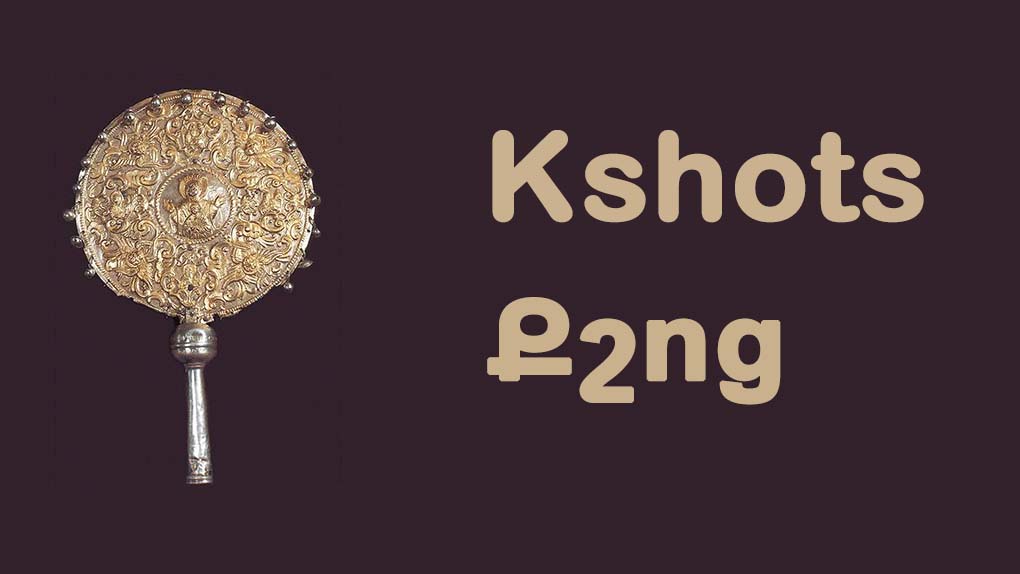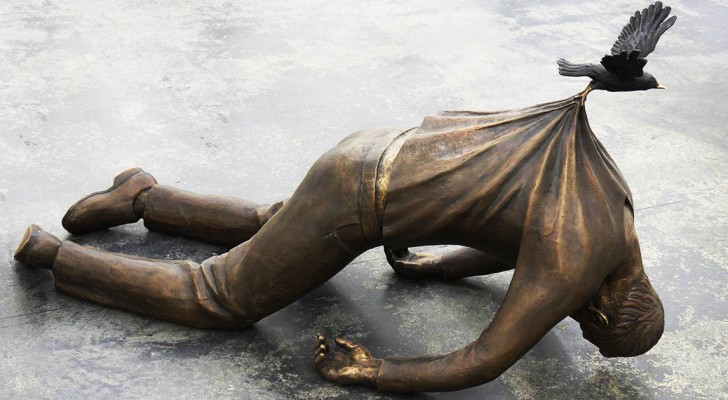
The liturgical fan that we call the “kshots” in Armenian is also known as the flabellum or rhipidion. It is a round, ornately-embossed plate of silver, bronze or other metal, about twelve or more inches in diameter, with small bells coupled around the perimeter. The disk is attached to the top of a rod five or six feet long. As an accompaniment to certain chants of the Divine Liturgy, an altar server grasps the pole with the one hand and shakes it left and right at the wrist so that the bells jingle in rhythm to the music. The kshots is also commonly carried in liturgical processions. So the kshots is essentially a musical instrument.
In the early church, however, the kshots was used by the deacons to protect the altar, and especially the Eucharistic bread and wine, from dust and flies. Very early the liturgical fan came to be associated with the wings of the angels. In the Bible the Prophet Isaiah saw a vision of God surrounded by six-winged angels called Seraphim [Isaiah 6:2]. Images of angels are often embossed into the faces of the kshots. The oscillation of the kshots at the altar likewise reminds us that during the Divine Liturgy we stand in the presence of almighty God.
Source: Frequently Asked Questions on the Badarak, The Divine Liturgy of the Armenian Church by Michael Daniel Findikyan.

